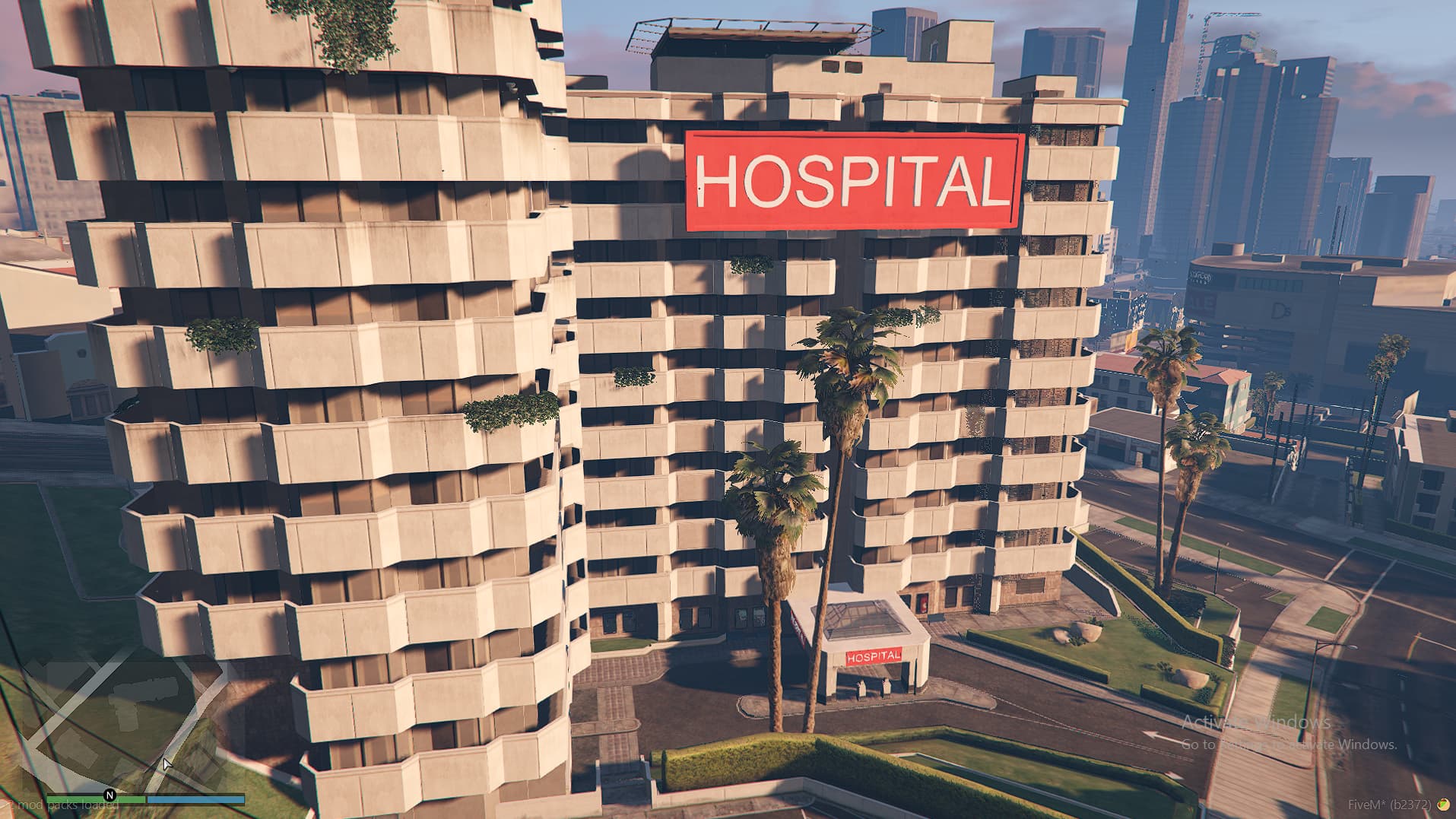Downtown Medical: A Comprehensive Guide to Healthcare in Urban Centers
In today’s fast-paced world, healthcare facilities play a crucial role in providing accessible and quality medical services. One such establishment is downtown medical centers, which cater to the diverse health needs of urban populations. This article will explore the various aspects of downtown medical facilities, including their services, advantages, and the importance of accessibility in healthcare.
Understanding Downtown Medical Centers
Definition and Overview
Downtown medical centers are healthcare facilities located in urban areas, specifically in downtown districts. These centers often provide a wide range of medical services, including primary care, specialty care, urgent care, and preventative services. They aim to address the health needs of individuals living and working in busy city environments.
History of Downtown Medical Facilities
The concept of downtown medical centers emerged in response to the growing need for accessible healthcare in urban settings. As cities expanded and populations grew, the demand for convenient medical services increased. Downtown medical facilities were established to bridge the gap between healthcare providers and urban residents, ensuring that everyone has access to necessary medical care.
Services Offered by Downtown Medical Centers
Primary Care Services
One of the primary functions of downtown medical centers is to provide comprehensive primary care services. This includes routine check-ups, vaccinations, and management of chronic conditions such as diabetes and hypertension.
Importance of Preventative Care
Preventative care is essential for maintaining overall health. Downtown medical centers emphasize the importance of regular screenings and vaccinations, helping to identify potential health issues before they become serious problems. This proactive approach benefits both individuals and the healthcare system as a whole by reducing the burden of preventable diseases.
Urgent Care Services
In addition to primary care, many downtown medical facilities offer urgent care services. These are designed for patients who need immediate attention for non-life-threatening conditions, such as minor injuries, infections, and illnesses.
Advantages of Urgent Care
Urgent care centers typically have extended hours and do not require appointments, making them a convenient option for those with busy schedules. This accessibility helps to reduce the strain on emergency rooms, allowing them to focus on more critical cases.
Specialty Care Services
Downtown medical centers often house specialists in various fields, including cardiology, dermatology, and orthopedics. This integration of specialty care allows patients to receive comprehensive treatment without having to travel long distances.
Collaborative Care Approach
The collaborative approach in downtown medical facilities enhances patient care. By having primary care physicians and specialists working together, patients benefit from coordinated treatment plans that address their specific health needs.
The Importance of Accessibility in Healthcare
Location and Convenience
The strategic location of downtown medical centers makes them easily accessible for urban residents. With public transportation options and proximity to workplaces, patients can quickly reach these facilities for their medical needs. This convenience is particularly important for those with busy lifestyles who may struggle to find time for healthcare appointments.
Addressing Health Disparities
Access to healthcare is a fundamental right, yet many urban populations face barriers to receiving care. Downtown medical centers play a vital role in addressing these disparities by providing services to underserved communities. They often offer sliding scale fees or accept various insurance plans, making healthcare more affordable and accessible.
Challenges Faced by Downtown Medical Centers
Financial Constraints
Many downtown medical facilities operate in competitive environments, leading to financial challenges. Rising operational costs and fluctuating patient volumes can impact their ability to provide high-quality care.
Solutions for Sustainability
To combat these financial issues, downtown medical centers are exploring various strategies. This includes forming partnerships with local businesses, seeking grants, and implementing cost-effective technologies to improve efficiency.
Staffing Shortages
Like many healthcare facilities, downtown medical centers face staffing shortages. The demand for healthcare professionals often exceeds supply, making it challenging to maintain adequate staffing levels.
Strategies for Recruitment and Retention
To address staffing shortages, downtown medical centers are investing in recruitment initiatives and offering competitive salaries and benefits. Additionally, providing opportunities for professional development can help retain healthcare workers in these facilities.
The Future of Downtown Medical Centers
Embracing Technology
As technology continues to advance, downtown medical centers are adopting new tools to enhance patient care. Telemedicine, electronic health records, and mobile health applications are transforming how healthcare is delivered.
Benefits of Telemedicine
Telemedicine allows patients to consult with healthcare providers remotely, improving accessibility and convenience. This is particularly beneficial for individuals with mobility issues or those living in remote areas who may struggle to visit downtown medical centers in person.
Community Engagement and Outreach
To better serve their communities, downtown medical centers are focusing on outreach programs that educate residents about available services. These initiatives aim to promote health literacy and encourage individuals to take an active role in their healthcare.
Building Trust within the Community
Engaging with the community helps to build trust and establish strong relationships between healthcare providers and patients. This trust is essential for encouraging individuals to seek care and adhere to treatment plans.
Conclusion
Downtown medical centers are vital to the healthcare landscape in urban environments. By providing a range of services, emphasizing accessibility, and addressing health disparities, these facilities play a crucial role in promoting the well-being of city residents. As we look to the future, it is essential for downtown medical centers to embrace technological advancements and engage with their communities to continue delivering high-quality care. By doing so, they can ensure that everyone has access to the medical services they need to lead healthy and fulfilling lives.

